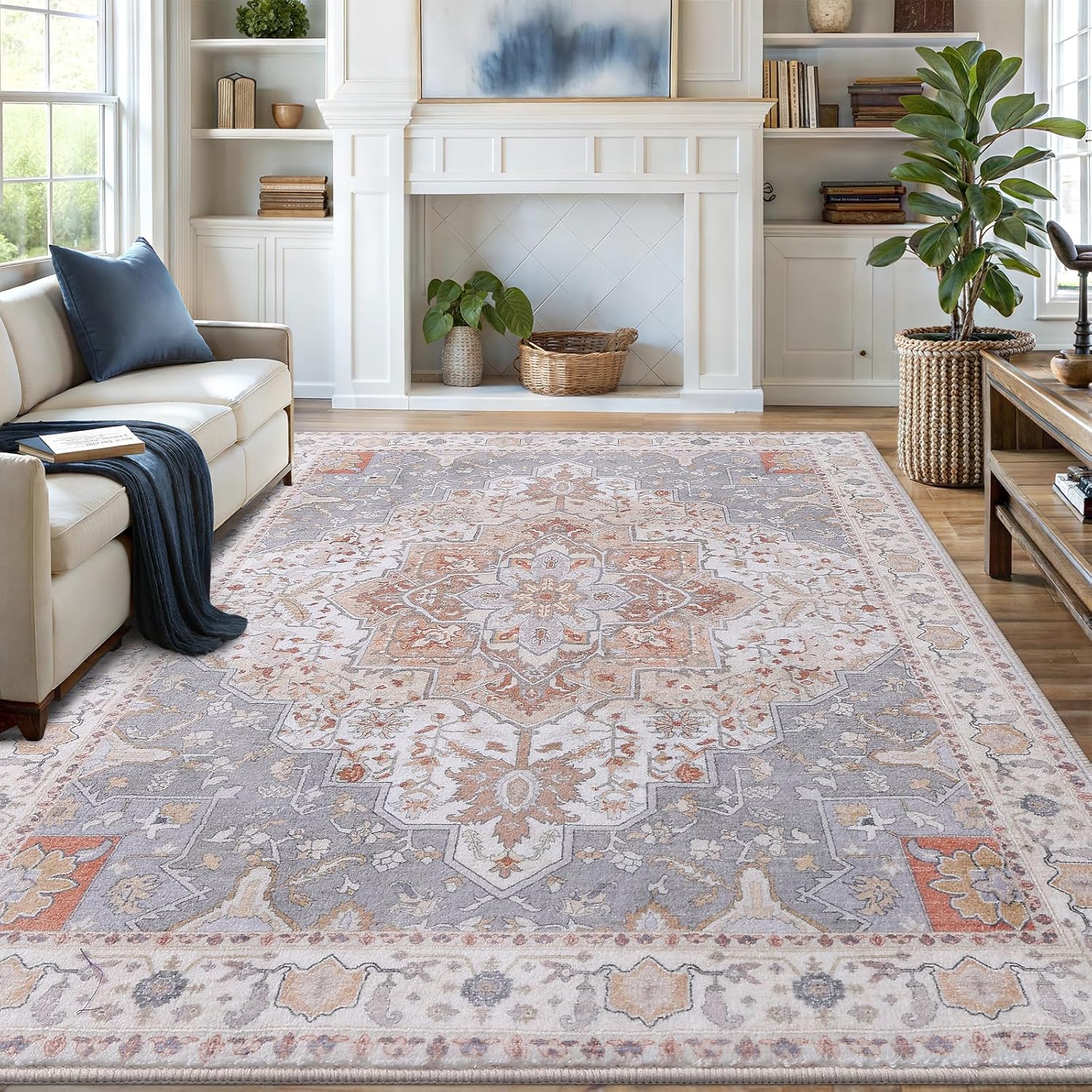Using a steam mop on laminate floors is not recommended, as the heat and moisture can damage the flooring and cause warping or delamination.
Laminate flooring is a popular choice for homes due to its durability and affordability. But when it comes to cleaning, many homeowners wonder if steam mops are safe. The short answer is no—steam mops can damage laminate floors. Here’s why and what to use instead.

Why Steam Mops Are Bad for Laminate Floors
Laminate flooring consists of a fiberboard core with a photographic layer and protective coating. While it resists moisture better than solid wood, excessive water can still cause warping, swelling, or delamination.
How Steam Mops Cause Damage
- Excess Moisture: Steam mops release hot vapor that seeps into seams, weakening the adhesive.
- Heat Exposure: High temperatures can break down the protective wear layer, leading to peeling.
- Warping: Prolonged steam exposure causes planks to expand and buckle.
According to flooring experts, steam cleaning reduces bacteria but risks long-term damage.

Safe Alternatives to Steam Mops
Instead of steam, use these proven methods:
1. Dry Cleaning First
Always start by removing loose dirt:
- Use a soft-bristle broom or microfiber dust mop.
- Vacuum with a hard floor attachment (no beater bar).
2. Damp Mopping
For deeper cleaning:
- Mix a pH-neutral cleaner with warm water.
- Wring the mop until nearly dry.
- Clean in sections, drying immediately with a towel.
3. Spot Cleaning Stains
| Stain Type | Solution |
|---|---|
| Wax/Gum | Freeze with ice, then scrape gently |
| Shoe Scuffs | Acetone on a white cloth |
| Food Spills | Mild soap and water |
Best Mops for Laminate Floors
Based on our testing and expert recommendations:
1. Spray Mops
OXO Good Grips Microfiber Spray Mop controls water distribution, preventing oversaturation.
2. Flat Microfiber Mops
Ideal for quick cleanups with minimal moisture.
3. Spin Mops
Bissell SpinWave has a self-wringing bucket to limit water use.
How to Protect Laminate Floors Long-Term
- Wipe spills immediately to prevent moisture penetration.
- Use felt pads under furniture legs.
- Avoid vinegar or abrasive cleaners—opt for laminate-safe solutions.
- Place mats at entryways to trap dirt.
When to Avoid Steam Cleaning Entirely
Steam mops should never be used on:
- Unsealed laminate
- Floors with existing water damage
- Older laminate (10+ years)
For more tips, see our guide on cleaning laminate floors safely.
Final Thoughts
While steam mops offer convenience, they’re a risky choice for laminate. Stick to dry and damp methods to preserve your floors for years. Always check manufacturer guidelines—some warranties void if steam is used.

